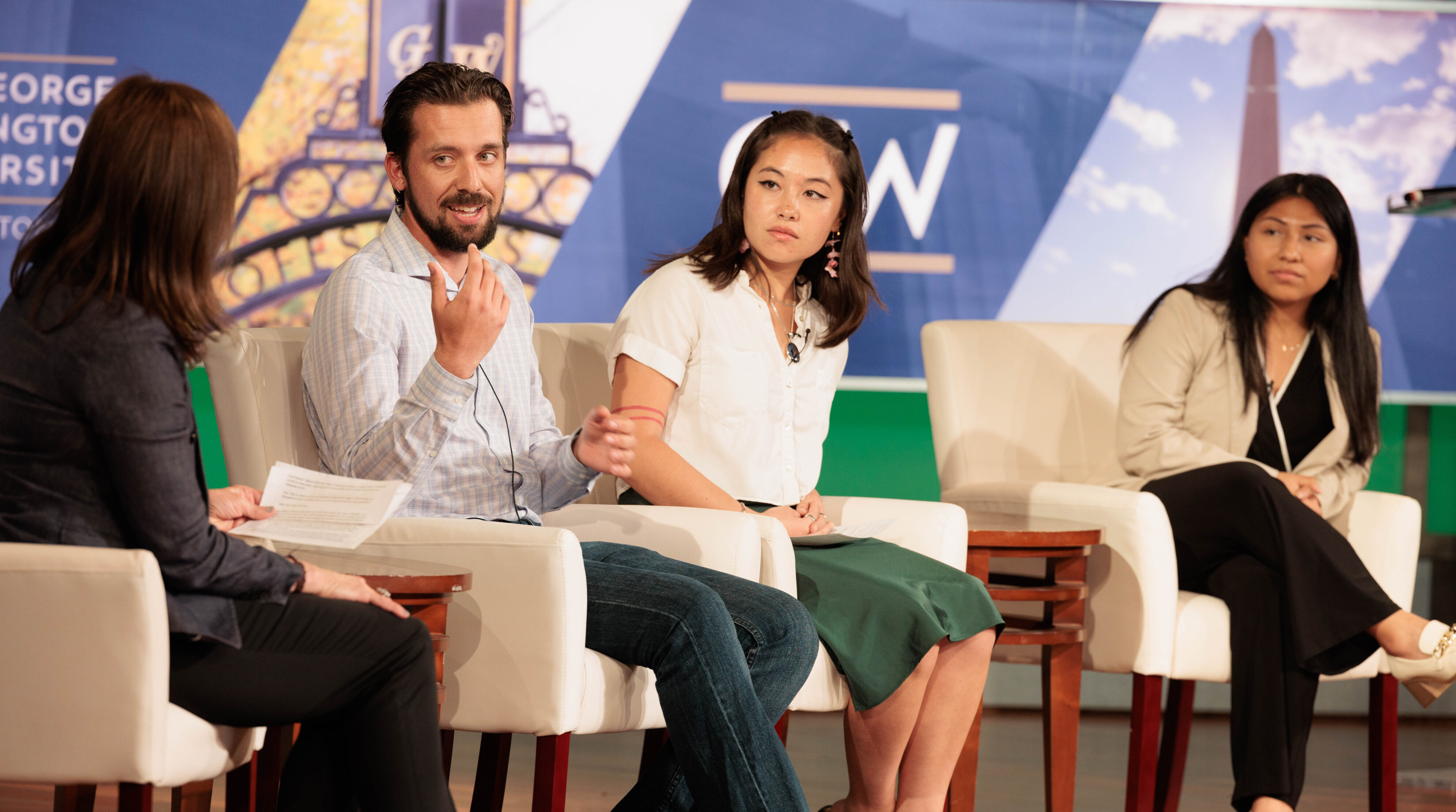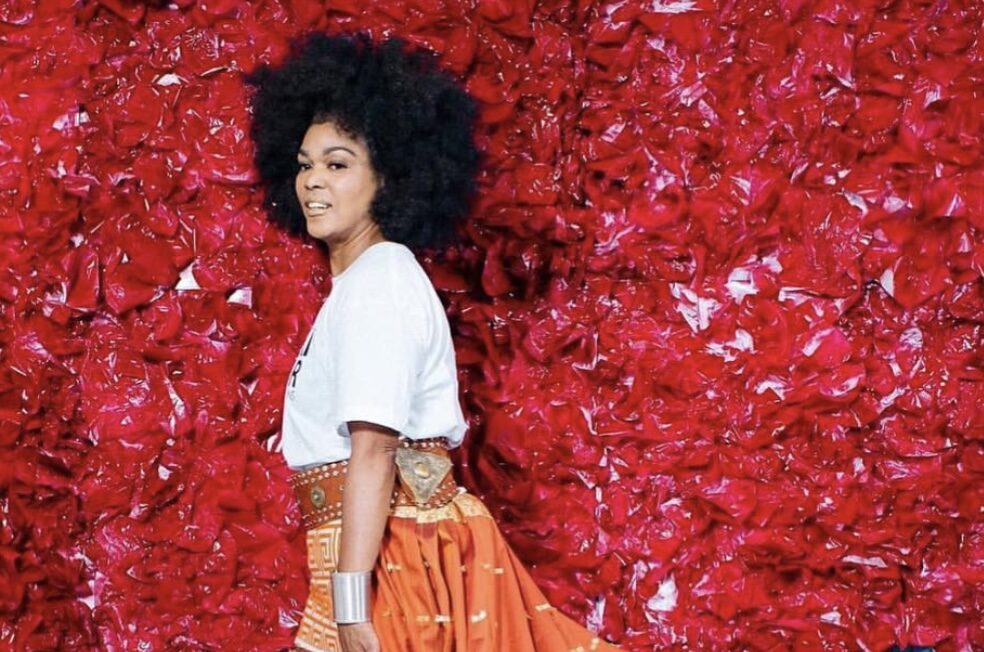O Christmas Tree
Every year, starting in November, many Americans start to get excited about the upcoming holiday season. In a season that involves family, football, and food, there are many things to look forward to. However, one of the most popular holiday traditions is the Christmas tree. In comparison to snow, decorations, and delicious desserts, Christmas trees are arguably the most recognized symbol for Christmas – other then Santa Clause of course. Despite Santa’s tremendous influence on Christmas, what would Santa do if there were not any trees to put presents under? Essentially, Santa and Christmas depend on these decorated trees!
Despite the overwhelming popularity of Christmas trees, many tree purchasers are unaware of the options that exist. No, I don’t mean Eastern Red Cedars, Doulas Firs, Fraser Firs, or the Blue Spruce, I am talking about organic, artificial, or fertilized. According to research at the Oregon State University, about 99 percent of Christmas trees in America are grown with some sort of chemical. However, some farmers still insist on growing organically, even though it requires more work.
Recently, in a visit Michael Tabor’s farm in Needmore, Pennsylvania, we sat down and discussed the concept of sustainable Christmas trees with Tabor. Although there are negative economic effects associated with growing organic Christmas trees, Tabor wouldn’t have it any other way.
During the interview, Tabor also questioned the negative impact of non-organic trees. Despite the fact that nothing has been scientifically proven, Tabor insists that these chemical and pesticides could be harmful to the environment. In order to protect the environment, he chooses to grow sustainably without the use of pesticides and herbicides.
While the Christmas season nears, consider other tree options. Christmas has always been a time of family and tradition, so this winter consider starting a new tradition that involves a sustainable tree.


















